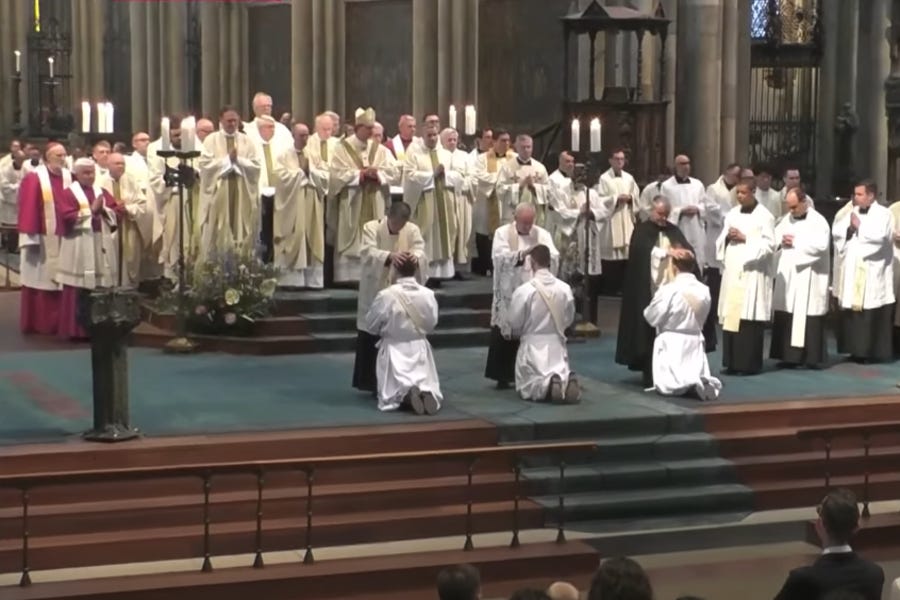German ordinations hit record low in 2024
Only 29 new diocesan priests were ordained last year.
Only 29 new priests were ordained for Germany’s 27 Catholic dioceses in 2024 — a record low for the Church in the country.

The figure was released this week by the German bishops’ conference, which also announced that 321,611 Catholics formally…
